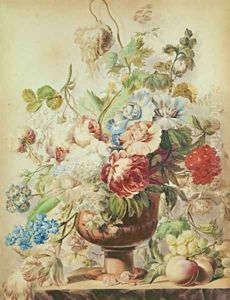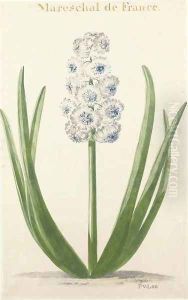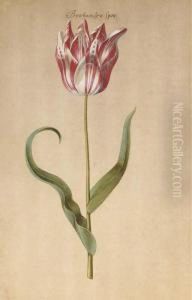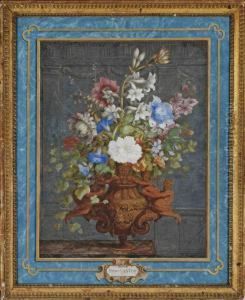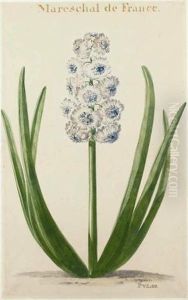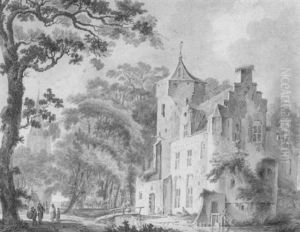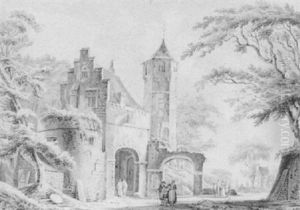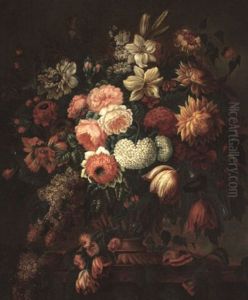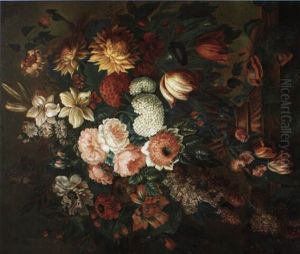Pieter van Loo Paintings
Pieter van Loo, also known as Peter van Loo, was a painter of Dutch origin, born in 1735 into the well-known Van Loo family of artists, which included his father Jean-Baptiste van Loo, a prominent portrait painter, and his uncle Charles-André van Loo, who was a leading French painter of his time.
Pieter van Loo's early life was marked by his artistic pedigree, and he was likely trained by members of his family. This training would have provided him with a strong foundation in the techniques and styles popular in the 18th century, particularly in France where his family was established. However, compared to his more famous relatives, there is less historical information available on Pieter's life and career, which can sometimes lead to confusion with other members of the Van Loo family.
Despite the scarcity of detailed records, it is known that Pieter worked primarily as a portraitist, much like his father. His style would have been influenced by the Rococo movement, which was prevalent during his lifetime, characterized by lightness, elegance, and an emphasis on decorative elements. His works may have included both commissioned portraits of private individuals and possibly historical or mythological subjects, following the family tradition.
Pieter van Loo's career unfolded during a period of great artistic activity in Europe, where royal patronage and the rise of the bourgeoisie created a demand for portraits and other artworks. However, unlike his uncle Charles-André, who achieved considerable fame and success at the French court, Pieter's work did not garner the same level of recognition.
Pieter van Loo passed away in 1784, having contributed to the legacy of the Van Loo family name in art. While his career may not have reached the heights of his more illustrious relatives, his role as part of a significant artistic dynasty of the 18th century ensures his place in the broader narrative of European art history.
